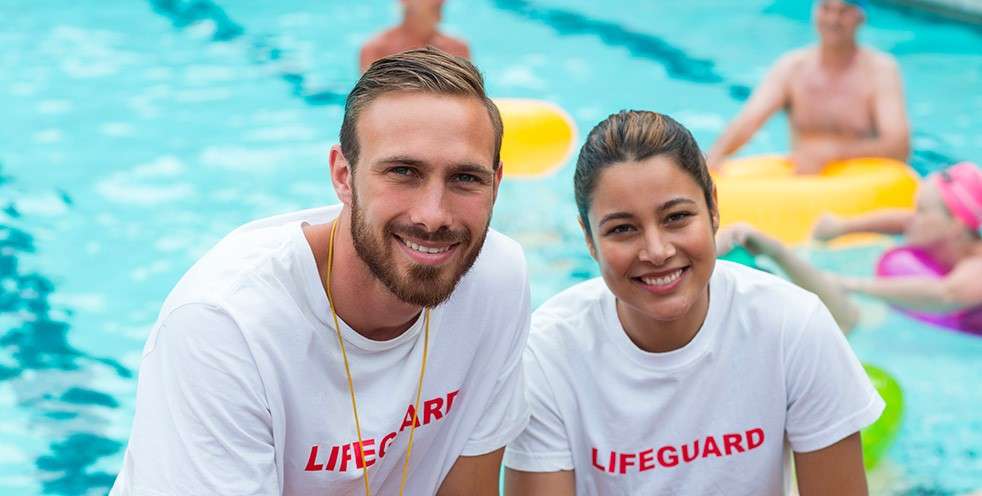Lifeguard training isn’t just about mastering basic rescue techniques; it’s a comprehensive course that prepares individuals for a crucial role in ensuring water safety. The American Lifeguard Association (ALA) stands as a reputable institution offering comprehensive lifeguard training programs that set the standard for excellence in aquatic safety.
Understanding the Basics
Before diving into the strategies for excelling in a lifeguard course, understanding the prerequisites and course structure is essential. ALA courses typically cover modules in first aid, CPR, water rescue skills, emergency protocols, and legal responsibilities, among others.
- Physical Fitness and Endurance Training
Achieving peak physical fitness is fundamental. Regular workouts, endurance training, and swimming practice are crucial elements.
- Mastering CPR and First Aid Techniques
Proficiency in CPR and first aid is non-negotiable. Regular practice and staying updated with the latest techniques are vital.
- Water Rescue Skills and Techniques
Practicing rescue techniques in different scenarios hones skills crucial for effective lifeguarding.
- Familiarizing with Emergency Protocols
Understanding and practicing emergency response protocols ensure quick and efficient actions during crises.
Understanding Legal and Ethical Responsibilities
Being aware of legal liabilities and ethical duties is integral for a lifeguard.
- Utilizing ALA Resources
ALA provides a wealth of resources, including study materials, support systems, workshops, and additional training opportunities for members, aiding in comprehensive skill development.
- Mentorship and Practical Experience
Mentorship programs and gaining practical experience through internships or apprenticeships are invaluable for learning from experienced lifeguards.
- Continuous Learning and Improvement
Staying updated with industry standards, continuous training, and skill enhancement are essential for long-term success in this field.
- Time Management and Commitment
Balancing coursework and practical training requires dedication and consistent effort.
- Maintaining a Positive Mindset
Resilience and adaptability are key when facing challenges inherent in lifeguarding.
- Networking and Community Engagement
Building connections within the lifeguard community and engaging in community events enriches experience and expertise.
Lifeguard training is a comprehensive program designed to equip individuals with the skills and knowledge necessary to ensure safety in aquatic environments such as pools, beaches, and water parks.
The training typically covers various aspects:
- CPR and First Aid: Lifeguards are trained in cardiopulmonary resuscitation (CPR) and first aid techniques to handle emergencies like drowning, injuries, or cardiac events.
- Water Rescue Skills: Techniques for rescuing individuals in distress in the water, including reaching assists, throw assists, and swimming rescues.
- Emergency Protocols: Understanding and practicing procedures for responding to emergencies efficiently and effectively, including evacuation procedures and coordination with emergency services.
- Legal and Ethical Responsibilities: Lifeguards learn about their legal liabilities and ethical duties in ensuring the safety of individuals under their supervision.
- Physical Fitness: Lifeguarding requires good physical fitness. Training often includes swimming proficiency tests and exercises to maintain endurance and strength.
- Continued Education: Lifeguards are encouraged to engage in continuous learning to stay updated with the latest rescue techniques, safety protocols, and industry standards.
- Mental Preparedness: Being a lifeguard involves staying calm under pressure, making quick decisions, and dealing with high-stress situations.
Lifeguard training programs are offered by organizations like the the American Lifeguard Association (ALA). These programs vary in duration and content but aim to produce skilled and responsible lifeguards capable of ensuring water safety in various settings. Upon completion of the training, individuals may earn certifications that allow them to work as lifeguards in different aquatic environments.
Final End
Becoming a proficient lifeguard involves a blend of dedication, continuous learning, practical experience, and a strong community network. Following these strategies can significantly enhance one’s capabilities in a lifeguard course.

As the editor of the blog, She curate insightful content that sparks curiosity and fosters learning. With a passion for storytelling and a keen eye for detail, she strive to bring diverse perspectives and engaging narratives to readers, ensuring every piece informs, inspires, and enriches.










